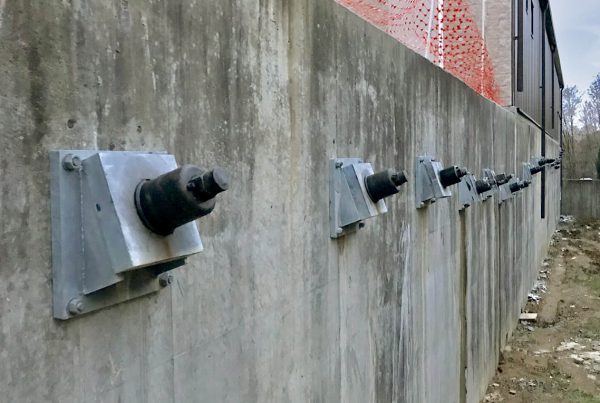Soil nail walls are a widely used technique for stabilizing slopes and retaining earth in construction projects. By reinforcing soil with steel bars (soil nails) and applying a concrete facing, these walls provide a cost-effective and durable solution for various geotechnical challenges. However, like all construction methods, soil nail walls have environmental implications that must be carefully assessed and mitigated. In regions like Congo, where preserving natural ecosystems is a priority, understanding the environmental impact of soil nail walls is essential for sustainable development. This article examines the potential environmental effects of soil nail walls and strategies to minimize their ecological footprint.
1. Key Environmental Impacts
While soil nail walls are effective in addressing slope stability issues, their installation can impact the environment in several ways:
1.1 Soil Disturbance
The drilling and excavation required for installing soil nails can disturb the natural soil structure, leading to potential erosion or compaction. If not properly managed, this disruption can affect vegetation and local ecosystems, especially in sensitive areas like the forests and wetlands of Congo.
1.2 Vegetation Loss
Constructing soil nail walls often requires clearing vegetation, which can result in habitat loss for local wildlife and reduced biodiversity. This is particularly concerning in Congo, where diverse flora and fauna depend on stable and intact ecosystems.
1.3 Carbon Footprint
The use of heavy machinery for drilling, as well as the production of steel and concrete, contributes to carbon emissions. These activities can increase the environmental footprint of the project if sustainability measures are not implemented.
2. Strategies to Minimize Environmental Impact
To address the environmental concerns associated with soil nail walls, the following strategies can be employed:
2.1 Preserve Existing Vegetation
Whenever possible, design soil nail walls to minimize the clearing of vegetation. Retaining natural cover helps protect local habitats and reduces the risk of soil erosion.
2.2 Use Eco-Friendly Materials
Incorporate sustainable materials, such as recycled steel for soil nails and low-carbon concrete for the facing. These materials can significantly reduce the environmental footprint of the project.
2.3 Implement Erosion Control Measures
Install erosion control systems, such as geotextiles or vegetation mats, to stabilize exposed soil during and after construction. This helps prevent sediment runoff into nearby water bodies, which is crucial in regions like Congo with delicate aquatic ecosystems.
2.4 Optimize Construction Practices
Use energy-efficient machinery and techniques to reduce fuel consumption and emissions. Monitoring and adjusting construction processes can further minimize environmental impacts.
3. Applications in Congo
In Congo, soil nail walls are frequently used for stabilizing slopes in urban areas, supporting roads in hilly terrains, and preventing landslides during infrastructure projects. By adopting environmentally conscious practices, construction professionals in Congo can mitigate the ecological effects of these walls while maintaining their structural benefits.
Conclusion
Soil nail walls are an effective solution for stabilizing slopes and retaining earth in construction projects. However, their environmental impact requires careful consideration to ensure sustainable outcomes. By preserving vegetation, using eco-friendly materials, and optimizing construction practices, it is possible to reduce the ecological footprint of soil nail walls. In regions like Congo, where biodiversity and ecological preservation are critical, these strategies are essential for achieving sustainable development while addressing geotechnical challenges.






